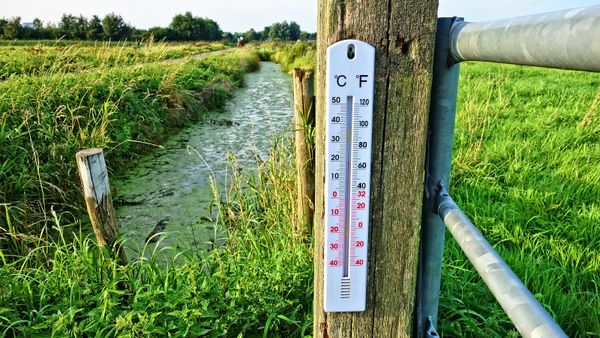
Ever found yourself chatting with an international friend and get tripped up when they mention today's temperature? For many of us, the need to convert Celsius to Fahrenheit (or vice versa) pops up more often than we expect.
With a few handy conversion tips, you won't have to sweat (or shiver) the next time you're figuring out temperature units across borders.
Advertisement

